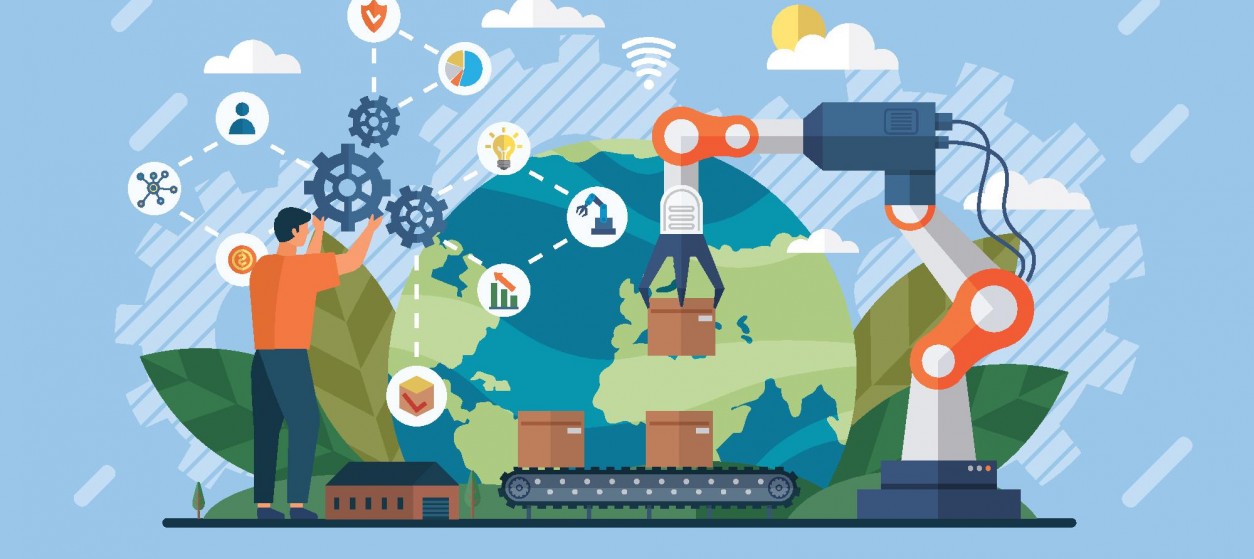Engagement: A magic word when it comes to digital applications that involve users and customers. From retail loyalty programs and sales performance, to e-learning applications there is no success without proper engagement of end-users. Therefore, the importance of tools and techniques that can provide exceptional user experiences is growing. In this context, application designers and integrators are employing game mechanisms in order to improve user experience, while at the same time motivating users’ participation. The process of integrating game-related mechanisms in digital applications is conveniently called “gamification”.
The rising momentum of gamification has led to the emergence of gamification software platforms i.e. tools that facilitate developers to integrate gaming features within non-game applications. Gamification platforms facilitate development of game-like features for several applications, including loyalty management, e-learning, employee engagement and personalized healthcare. However, all of these platforms share some common characteristics and functionalities.
Gamification Platform Functionalities
Gamification platforms enable businesses to create gaming activities that are carried out and enjoyed by their customers or employees. These gaming activities and the corresponding scores are usually associated with performance in real-world activities such as customer purchases, salesforce sales etc. Hence, most gamification platforms integrate some of the following functionalities:
- Rewards and incentives management: Gamification platforms integrate modules that manage rewards and incentives such as points, coupons, offers and more. This includes mechanisms for points’ redemption or association of rewards with digital items such as digital currency or gift cards from well-known brands (e.g., Nike and Amazon). Furthermore, gamification platforms provide and manage rules for associating rewards (e.g., points) of the users’ performance with play-related activities and incentives – ways to improve your game avatar etc.
- Game Phase – Staged Approach: Any non-trivial game is usually broken down to achievable milestones. Gamification platforms ease the definition and tracking of the various phases in the gaming process, as part of a staged approach. Likewise, they enable the linking of the milestones with rewards such as loyalty points.
- On-line community building: The ultimate goals of users’ engagement is the development of an active and vibrant community of users around a given activity. To this end, gamification platforms come with tools that enable enterprises to build and manage on-line communities, such as communities of loyal customers. The management of these communities is typically supported by a portal-like infrastructure. The latter includes and manages content such as best practices, experiences, tips and more. On-line communities and the content they generate can greatly support user engagement.
- Multiple Output Channels: Gamification platforms facilitate the sharing and delivery of contests information through a variety of alternative channels including web sites, TV channels, video streaming, mobile phones, social media channels and more. Therefore, users are offered means of accessing their games through multiple touch points and devices.
- Dashboards and reporting: Reporting is an essential and integral feature of all gamification platforms. End-users and enterprises have access to user-friendly dashboards, which provide information about the evolution of the gaming activities and their impact in business processes. For example, salesforce agents are provided with reports about their performance and how this compares to their colleagues’ performance as a means of incentivizing hard work for improved results. Likewise, enterprises can access a variety of reports about the evolution of play-activities and their correlation with business metrics and indicators such as increase of Customer Lifetime Value in the case of gamified loyalty programs, or even sales performance improvements in the case of salesforce related games. Reports can be provided at various timescales (e.g., daily, weekly, monthly, annually) for a single user/player or for groups of users as well.
- Integration with legacy enterprise applications and social media: In most cases gamification platforms do not create and manage user data. Rather, they access user information based on their integration with other enterprise systems and applications such as CRM (Customer Relationship Management) systems, project management software, salesforce automation packages, sales software, HRMS (Human Resources Management Systems) and more. Similarly, interaction with end-users is performed based on established communication channels such as social media. For example, users can be invited to join a play-activity through their Facebook or Twitter accounts. Hence, gamification platforms support flexible integration with social media channels.
- Open APIs (Application Programming Interfaces): Several gamification platforms offer APIs to developers that wish to implement innovative gaming ideas. These APIs provide developers with access to high-level data and operations, such as the creation and management of board games. Open APIs play a key role in extending gamification platforms’ functionalities.
Popular Gamification Platforms
There are numerous gamification platforms, in addition to there being a large number of enterprise software systems (e.g., CRM) that integrate gamification functionalities. Even though an exhaustive presentation of popular platforms is beyond the scope of this post, it makes sense to classify the various platforms based on the application sector that they serve. In particular:
- CRM and Loyalty Management: There are many CRM systems that integrate gamification features, which enable both customers and marketing employees to participate in contests that increase the frequency of their interactions with the platform and overall, their performance. A relevant example is BigDoor, which is a mobile, tablet & web-based customer loyalty program software, designed to deepen customer engagement through the use of gamification tools.
- Salesforce automation and motivation: Sales is probably the most important business activity, as sales performance translates directly to revenues. Many enterprises employ gamification platforms as a means of motivating sales performance and increasing the healthy competition among sales representatives. For instance, the LevelEleven platform enables the management of competitions among the sales teams, while at the same time facilitating each salesman to view and track his/her colleagues’ performance. LevelEleven is backed up by Salesforce.com, the global leader of cloud based CRM.
- E-Learning and Learning Management Systems (LMS): Gamified LMS systems deliver training in the form of engaging, play-based tasks/ chapters in order to boost engagement of the trainees. In addition to gamification features, these provide functionalities that support educational activities such as attendance sheets, calendar management, tracking of learning pace and real-time assessment. An example of a gamified LMS is the Growth Engineering platform.
- Enterprise Wide Platforms: There are also gamification platforms that support enterprise wide processes. These platforms enable the gamification of processes that span different business areas in an organization, including sales, marketing, human resources, branding and more. Likewise, they can engage multiple groups, within and outside the enterprise. A very prominent example is Badgeville, which is considered one of the leading business gamification platforms. Badgeville provides almost all of the gamification functionalities listed in the previous section.
According to a recent study by P&S, the market of gamification platforms is growing and expected to be valued over 22bn $ by 2022. This indicates that enterprises acknowledge the business benefits of integrating game mechanisms in their business processes. We advise you not to ignore the merits of gamification and start considering which of your business processes could benefit from it.










